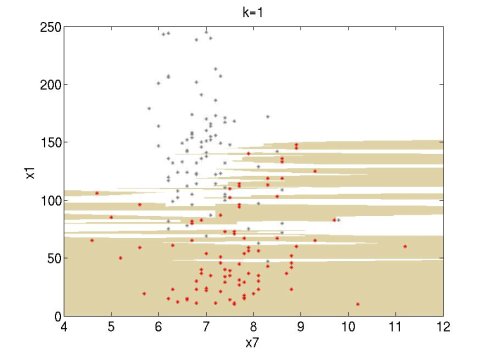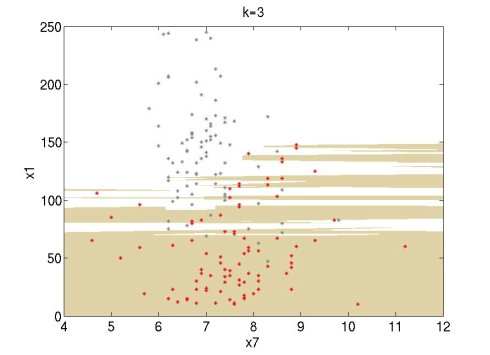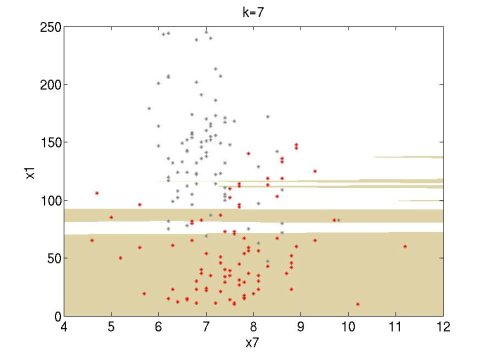| Line 1: | Line 1: | ||
| + | =[[Hw3_ECE662Spring2010|Homework 3]] discussion, [[ECE662]], Spring 2010, [[user:mboutin|Prof. Boutin]]= | ||
| + | |||
| + | |||
I found a MATLAB [http://www.mathworks.com/matlabcentral/fileexchange/15562-k-nearest-neighbors function] for finding the k-nearest neighbors (kNN) within a set of points, which could be useful for homework 3. | I found a MATLAB [http://www.mathworks.com/matlabcentral/fileexchange/15562-k-nearest-neighbors function] for finding the k-nearest neighbors (kNN) within a set of points, which could be useful for homework 3. | ||
| Line 6: | Line 9: | ||
--[[User:ilaguna|ilaguna]] 15:40, 7 April 2010 (UTC) | --[[User:ilaguna|ilaguna]] 15:40, 7 April 2010 (UTC) | ||
| + | ---- | ||
| + | [[2010_Spring_ECE_662_mboutin|back to ECE662, Spring 2010, Prof. Boutin]] | ||
Revision as of 08:56, 16 April 2010
Homework 3 discussion, ECE662, Spring 2010, Prof. Boutin
I found a MATLAB function for finding the k-nearest neighbors (kNN) within a set of points, which could be useful for homework 3.
I tried it and it works well. I did some experiments using the Wine data set of UCI (http://archive.ics.uci.edu/ml/datasets.html). I used attributes 1 and 7 of the red wine data set (red points) and the white wine data set (grey points). For this simple experiment, I used only the first 100 data points of each set. The following figures show the classification regions using k=1, 3, 7. The red wine region is brown and the white wine region is white. The regions are constructed using MATLAB's contourf function.
--ilaguna 15:40, 7 April 2010 (UTC)




